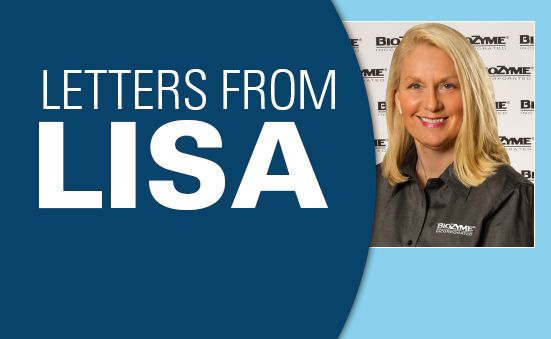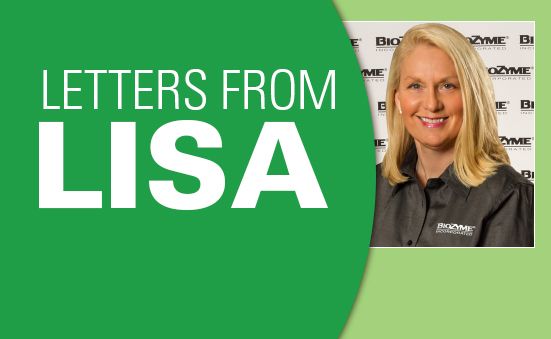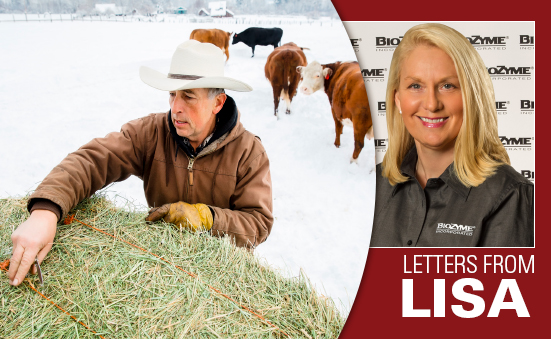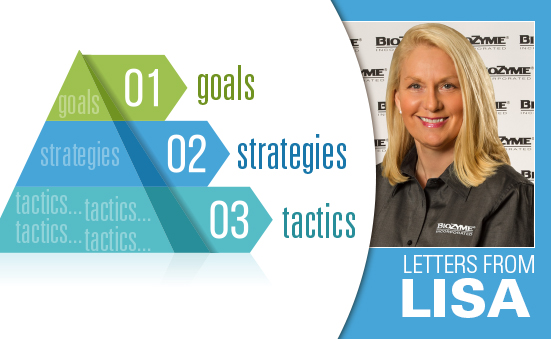Systems and processes are the essential building blocks of our companies. Every facet of our business—on the production floor, in the warehouse or in the office—is part of a system that can be managed or improved. A system is designed to connect all of an organization’s intricate parts and interrelated steps so they can work together for the achievement of success.
There are several reasons to implement a business system.
Improving Top-Line Performance: In short, a business system takes care of your future. It ensures if you know you are meeting your customers’ expectations, which is key to growing a healthy business.
Meeting Customer’s Expectations: If you use a system like a CRM and a systematic approach, your organization will be motivated to analyze, measure, compare and test all the possibilities of what your customers want and don’t want.
Employee Development: The goal of the development system is to enable proper education and opportunities to all employees so they can complete their work more efficiently and effectively.
Reduce Costs and Increase Profits: It has been proven time and again that the implementation of a sound business system helps reduce costs. However, a good business system is intended to reduce costs without taking the shortcuts that often lead to an erosion of profitability by lowering quality expectations or service levels.
Unfortunately, you can’t just go buy a business system, you must build it, and it includes 100 parts: an information system, an IT system, a CRM system, a production system, a drive Lisa nuts system and an etc.,etc., etc. system. The choices are many, and therefore the decisions are many, which is sometimes hard. I am by no means a system expert, but this month we will focus on sharing about the three that I do feel we have done well – the CRM, Inventory and Marketing Project Management. I have always believed that most every challenge in business can be solved if you 1) get the right system in place, 2) then develop the processes to properly use that system and then finally 3) ensure the people involved are in the right seat on the bus and are personally inspired to keep themselves accountable to these system and processes. So, you can see I believe systems are first. Why?
- Systems provide consistency: With business systems, you can more easily produce the same products and services with the same level of consistency. Once you have created your systems and developed the processes engaged with the systems, your employees can easily be consistent.
- Change is easier to accomplish: Systems make a business predictable. So, when change impacts your business – which may often occur these days – knowing that becomes easier. You will also then better predict how the change should be handled.
- Training new employees becomes easier: New hires can be quickly integrated into your business when there is a system and a set of procedures for them to follow, so they know exactly what is expected.
- Staff can focus on what they do best: Once business systems are established and implemented, some activities can be performed on “autopilot.” Repetitive activities in your business become routine, so you and your team can focus on activities with higher payoffs.
Systems are what make businesses grow, flow, endure and be sustainable. Businesses that effectively use systems find themselves winning against their competition. I leave you with this thought. If you don’t have the resources or time to pick a “high tech” system don’t ignore this letter of ideas. At BioZyme, we have had to start with a paper “system” MANY times. What I have found is that what is not ok to say is, “I will get a system when I can afford it or once this or that happens.” DO IT now, even if it is using a concrete tablet.












